Archaeologists have uncovered three more ancient skeletons at the San Marcial de Rubicón site near Papagayo beach.
The site is the location of the very first European settlement on Canaries, the first example of European settler colonialism of the modern age. The San Marcial de Rubicón site was established shortly after the expedition of French explorers Jean de Béthencourt and Gadifer de la Salle landed on Lanzarote in 1402 in the name of Spanish King Henry III.
Ten skeletons were discovered in 2023 and a further three were found last year. The recent discoveries bring the total up to 16.
The skeletons are being analysed, and the first results are expected before the end of the year. The evidence that some of the skeletons were children, apparently buried according to Christian practice, suggest that they could be the first examples of interbreeding between European settlers and natives.
In 2023, a young boy on a school visit found an ancient coin in the sand at the site. The Spanish coin was engraved with a B, identifying it as currency authorised to Béthencourt, who had been granted the title of Lord of the Canaries.
These are the latest finds in an incredibly exciting project that may result in the establishment of an archaeological park that visitors can visit via guided tours.

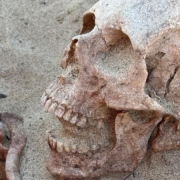
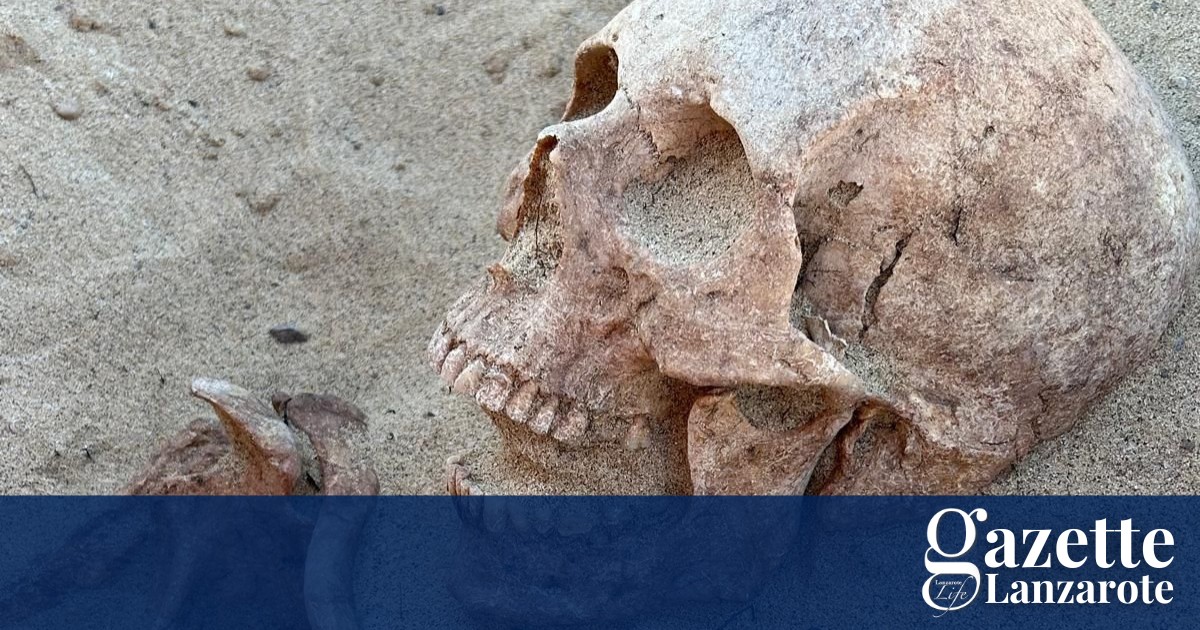

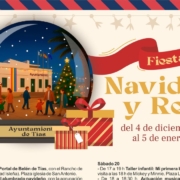
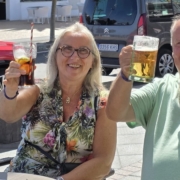

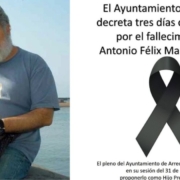
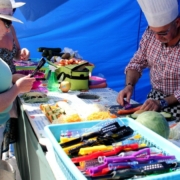


Leave a Reply
Want to join the discussion?Feel free to contribute!